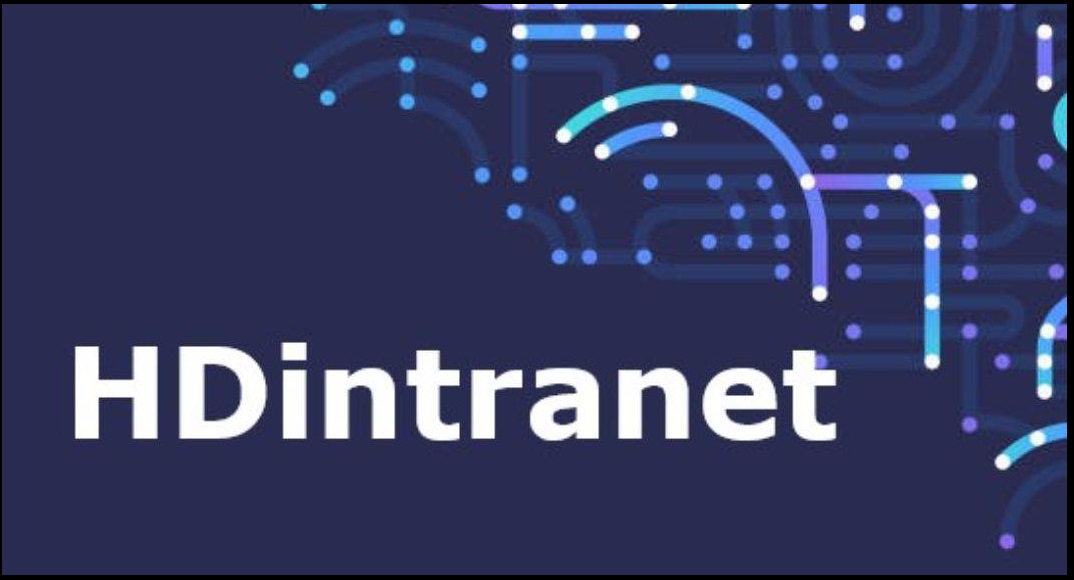In a world where technology has become inseparable from our daily lives, the digital detox trend is gaining momentum as individuals seek to strike a balance between their tech-driven lifestyles and the need for mental well-being. This article explores the rising phenomenon of digital detox, its motivations, and the strategies people are adopting to achieve a healthier relationship with technology.
**1. The Pervasiveness of Technology
Technology has woven itself into the fabric of modern living, offering convenience, connectivity, and a constant stream of information. However, the ubiquity of smartphones, social media, and digital devices has led to concerns about the potential negative impacts on mental health, productivity, and overall well-being.
**2. Understanding Digital Detox
Digital detox refers to the intentional and temporary disconnection from digital devices and online activities. It is a conscious effort to step away from the constant barrage of notifications, emails, and social media updates. The goal is to create space for mental clarity, reduce stress, and reclaim time for activities that foster genuine connections and personal growth.
**3. Motivations for Digital Detox
Several motivations drive individuals to embrace the digital detox trend:
- Mental Well-Being: Constant digital connectivity can contribute to feelings of anxiety and overwhelm. Digital detox offers a reprieve, allowing individuals to prioritize mental health and reduce the mental clutter associated with constant digital engagement.
- Quality Relationships: Excessive screen time can impact the quality of face-to-face interactions. Digital detox encourages individuals to be present in the moment, fostering genuine connections with family and friends.
- Improved Sleep: Exposure to screens before bedtime can disrupt sleep patterns. Digital detox involves establishing tech-free zones, especially in the evening, to promote better sleep hygiene.
- Increased Productivity: Distractions from digital devices can hinder productivity. Detoxing allows individuals to focus on tasks without the constant pull of notifications, leading to more efficient and concentrated work.
**4. Strategies for a Digital Detox
Embracing a digital detox doesn’t necessarily mean completely unplugging from the digital world. Instead, it involves mindful and intentional use of technology. Some strategies for a successful digital detox include:
- Scheduled Breaks: Designate specific times or days for digital detox, where you consciously limit your use of digital devices.
- Tech-Free Zones: Create areas in your home, such as the bedroom or dining area, where the use of digital devices is restricted.
- Social Media Sabbaticals: Take periodic breaks from social media platforms to reduce information overload and comparison-related stress.
- Engaging in Offline Activities: Rediscover the joy of offline activities such as reading physical books, engaging in hobbies, or spending time in nature.
- Mindful Smartphone Use: Practice mindful smartphone use by turning off non-essential notifications, setting boundaries for screen time, and establishing device-free times during the day.
**5. The Impact on Well-Being
Engaging in regular digital detox activities can have a positive impact on overall well-being:
- Improved Focus: Reduced digital distractions lead to improved focus and concentration on tasks.
- Enhanced Relationships: Quality face-to-face interactions strengthen relationships and create meaningful connections.
- Better Sleep: Establishing tech-free zones and minimizing screen time before bedtime contribute to better sleep quality.
- Reduced Stress: Taking breaks from constant connectivity can alleviate stress and promote a sense of calm.
Challenges and Considerations
While digital detox has numerous benefits, individuals may encounter challenges in maintaining a balance between digital and offline activities. The fear of missing out (FOMO), work-related demands, and societal expectations can be obstacles. Striking a sustainable balance that aligns with individual lifestyles is crucial.
Future Trends in Digital Well-Being
The digital detox trend is likely to evolve in response to the changing digital landscape. Anticipated trends include the integration of mindful technology use practices into daily life, the development of digital wellness apps, and increased awareness of the importance of fostering a healthy relationship with technology.
Conclusion
As technology continues to shape our lives, the digital detox trend emerges as a conscious response to the challenges posed by constant connectivity. Balancing the benefits of technology with the need for mental well-being is a journey that individuals and society are navigating together. By embracing intentional digital detox practices, individuals can reclaim control over their relationship with technology, fostering a healthier and more harmonious balance between the digital and offline aspects of life.





